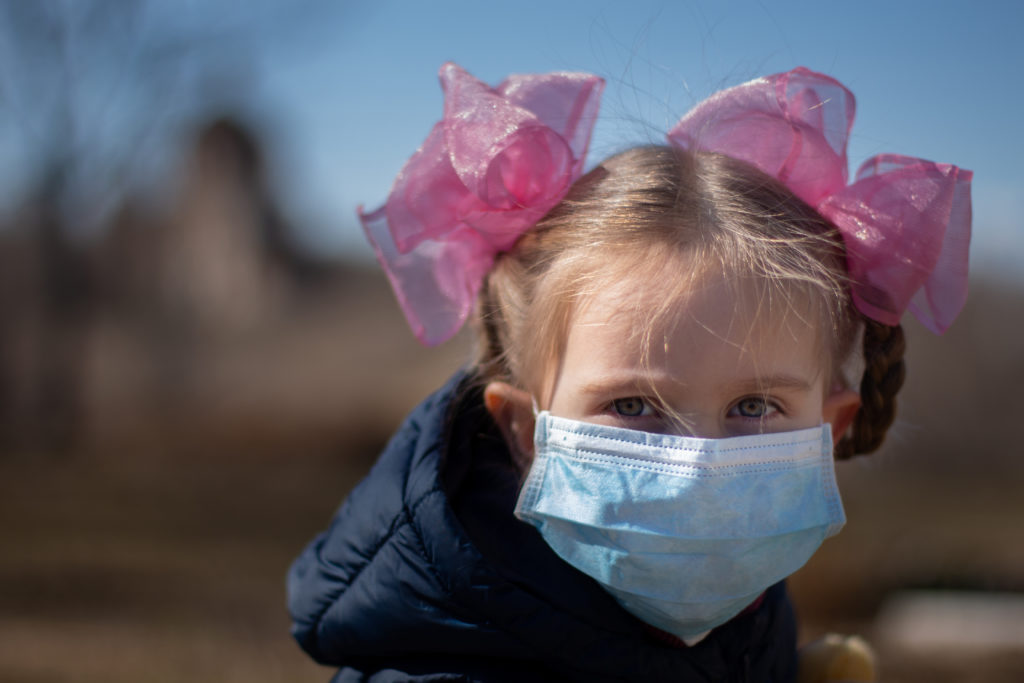The Government Scrimped on School Safety. Now Students and Staff Are Paying the Price
by James McAsh
11 September 2020

Just over a week since schools reopened, coronavirus outbreaks are forcing hundreds of pupils across the UK back home. Primary teacher and trade unionist James McAsh writes from the front lines of an avoidable crisis.
Schools have started opening their doors to children they have not seen in five months. One of the first was Castle Rock High School, in the Midlands town of Coalville. Boris Johnson joined them for a press opportunity. He lectured a Year 7 class on the need to be at school, and emphasised its safety. Just days later, the headteacher was writing to parents with bad news – there had been an outbreak of coronavirus. It was to be the first of many across the country.
Despite government protestations, these school outbreaks, and the wider spike in coronavirus of which they’re a symptom, have nothing to do with young people’s recklessness – they are the result of government negligence. Students, parents and education workers have been fighting hard for decent coronavirus protections in schools, but the government has repeatedly refused to step up.
Whenever there is an outbreak, the whole bubble, even the whole school, is sent home for a fortnight. Now, just over a week since schools reopened, hundreds of pupils across the country have been told to stay home. How did we get here?
Who could have guessed? https://t.co/Klmb9YasPl
— Gary Younge (@garyyounge) September 7, 2020
This summer saw a major confrontation between the government and education workers. In early May, reports emerged that the government was planning to open primary schools to half of their pupils on 1 June, to the rest a few weeks later, with secondary schools following shortly afterwards.
Education unions pushed back. The National Education Union had released Five Tests for the government to meet before it was safe for schools to reopen: lower case numbers; a social distancing plan; regular testing; whole-school isolation protocols; and protection for vulnerable people. None had been met.
The government was ultimately defeated. Many schools like mine defied the government on 1 June and did not reopen. Having faced enormous opposition to the first part of his plan, the Education Secretary eventually shelved the rest.
Unfortunately, the union position had been compromised. By 15 June, most primary schools were open to half of their pupils, even though the Five Tests still had not been met. The union group at my own school initially agreed to wait for the Five Tests to be met before we started welcoming students back, but this position became unsustainable once every school around us had reopened. We had bought precious time to improve the safety measures in the school, and knew we could not expect further support from the government, so we agreed to reopen.
This June face-off set a precedent for September. The government braced itself for further confrontation – Conservative Home ran endless articles on the subject – but ultimately the unions were focused on enabling schools to open safely, not keeping them closed.
As pupils return to school there are many misleading claims appearing online, including:
❌ Students detained if they test positive for Covid-19
❌ All children will be weighed
❌ No teachers have been infected by childrenHere are the facts
[Thread]https://t.co/as7toCOVsA
— BBC News (UK) (@BBCNews) September 4, 2020
School leaders and union reps have spent the past few weeks tightening risk assessments. At my school, the plans are extraordinarily comprehensive: every child has their temperature taken on arrival; there’s a one-way system across the whole school; each shared space is strictly scheduled, and cleaned between each slot. The union identified a number of issues with the first draft of the school’s reopening plans, but these were all rectified by the time that the children returned. There’s nothing that we could have done which we did not do.
There is, however, much the government could have done. It could have introduced staggered school openings, starting in the areas with the lowest infection rate. It could have taken the Five Tests seriously. Instead, it ignored the unions’ demands and left schools on their own, making outbreaks inevitable.
That isn’t to say it is too late to act. The government could still minimise the effects of each school outbreak – but it will cost money. More staff and classroom space could reduce class sizes and social bubbles, so that each outbreak means fewer people at risk, and fewer people self-isolating. Readily available tests would minimise how long everyone needs to self-isolate after an outbreak. Laptops and WiFi for all students would make self-isolation less damaging. More reliable home learning would mean schools could implement “blended learning” systems in which children come into school on a rota, further limiting the chance of infection.
From Monday, it will be against the law to gather in groups of more than six. Meanwhile, English classrooms, some of the most overcrowded in the world, will host five times that number; school “bubbles” will be as large as two hundred and fifty. Schools remain the only places in the UK where people are encouraged to gather inside, with no face coverings, and in groups of more than thirty.
The government has two options, the same two it’s had since the beginning of the crisis: invest in making schools safe, or accept more closures. So far, it looks like they’ve chosen the latter.
James McAsh is a primary school teacher, Labour councillor and activist in the National Education Union.